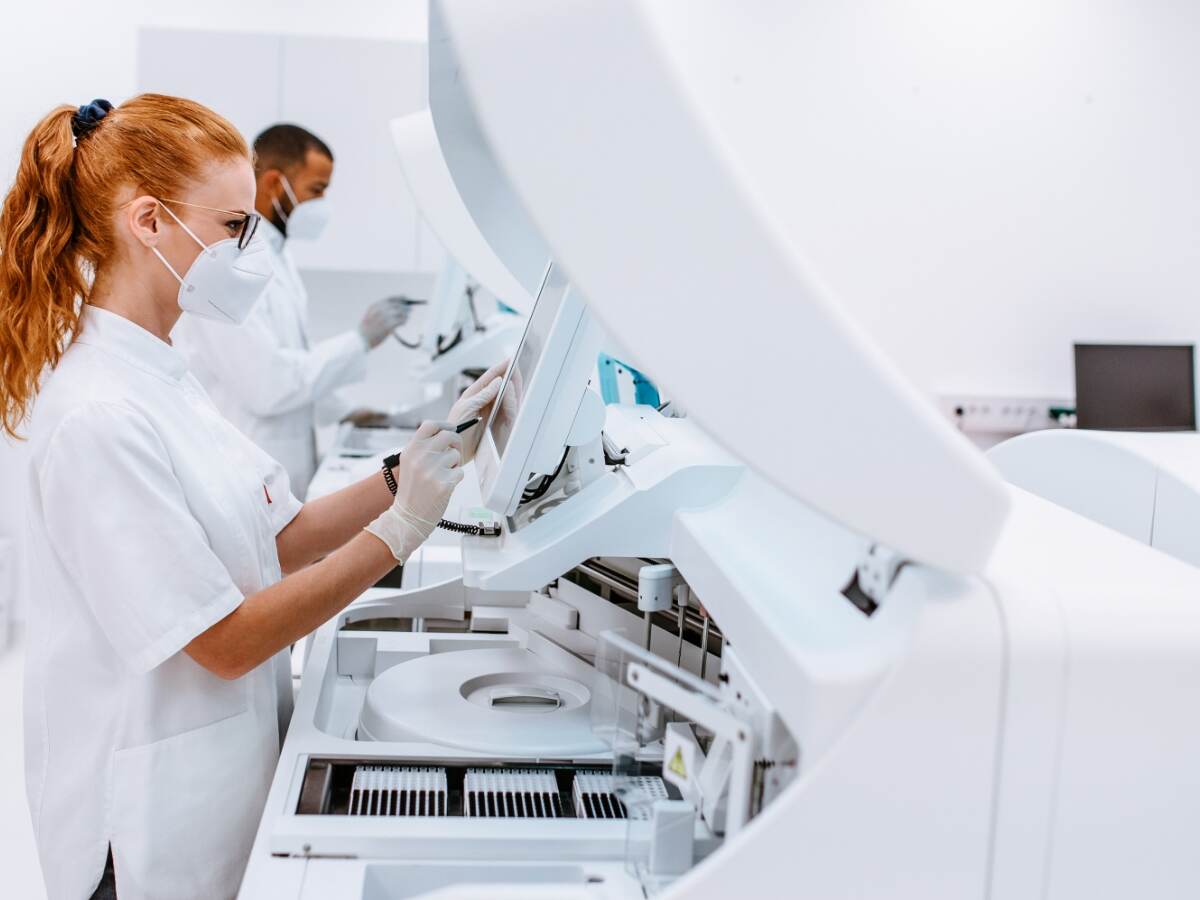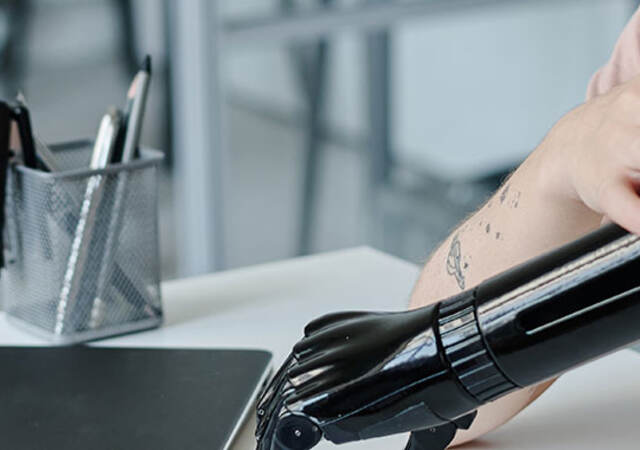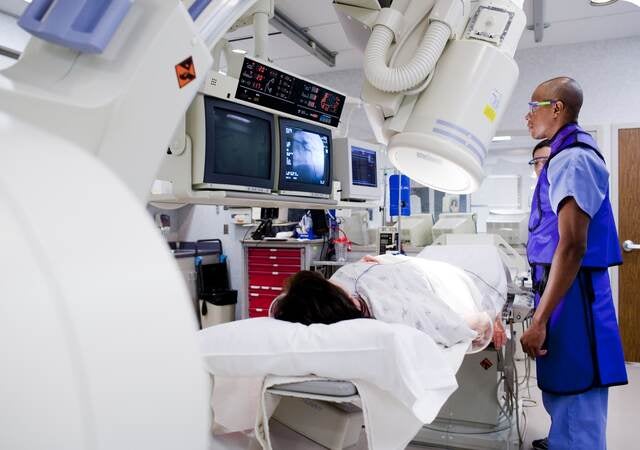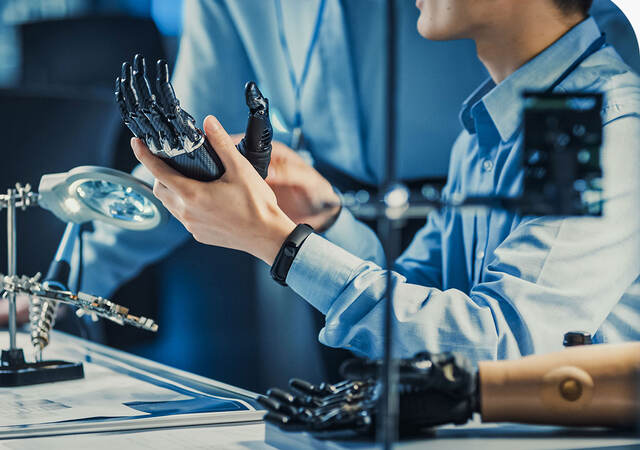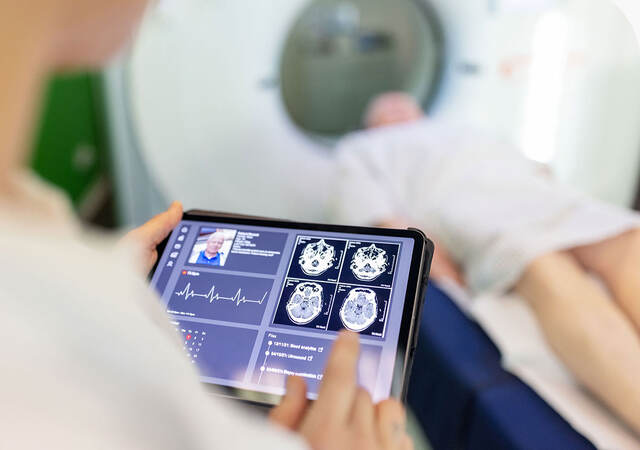By Pamela Gwynn
Modern research in the sciences and technology have helped provide a foundation for important advances in the health and life sciences industry and have led to the development of innovative medical devices that have saved lives and improved the standard of health for people around the world.
However, despite rigorous pre-market verification processes applicable to medical devices and systems in most regulatory jurisdictions, the rate of device recalls is increasing. According to a recent report, medical device recalls in the U.S. increased by nearly 9% in 2024 over 2023, with more than 1059 individual recall events. This makes 2024 the second-highest year for recalls since the year 2000.
Unsafe or ineffective medical devices pose a significant health risk to both patients and healthcare providers. They also expose medical device manufacturers and distributors to increased regulatory scrutiny, as well as potentially subjecting them to fines and other financial penalties. Delaying the removal of unsafe medical devices from the market can also put device manufacturers at risk of legal action that could result in significant financial penalties or settlements, as well as having a negative impact on their companies’ brand reputation.
That’s why medical devices manufacturers are well-advised to proactively develop a comprehensive and robust device recall strategy before placing newly-developed medical devices on the market. Device manufacturers that have a ready-to-launch game plan for a device recall process can significantly reduce the potential safety risks associated with their devices and minimize the potential impact of costly regulatory or legal action.
Medical device recalls are on the rise
Data from the U.S. Food and Drug Administration (FDA) and other sources signal an alarming trend in the instance of medical device recalls. The previously cited report says that medical device recall events in the U.S. increased 8.6% in 2024, up from the 975 recall events reported in 2023. The number of recalls in 2024 represents a four-year high in the annual number of medical device recall events.
Notably, the total number of medical devices affected by product recalls in 2024 exceeded 440 million, compared with 283 million in 2023, an increase of more than 55% in a single year. But potentially even more important is that the instances of Class 1 recall events of medical devices (the FDA’s highest risk recall event category, not to be confused with the FDA’s medical device classification categorization) reached a 15-year high in 2024, accounting for 10.8% of all recall events recorded.
These and other trends reflect, at least in part, the growing impact of the advanced technologies integrated into today’s innovative medical devices. While these advancements can support more effective diagnoses and treatments, thoroughly assessing the quality and safety of these devices during development and production presents their own set of challenges.
What is a medical device recall and what is the recall process?
According to the FDA, a product recall is a “method of removing or correcting products that are in violation of laws administered by the Food and Drug Administration.”
Medical device recalls are usually a voluntary action initiated by a device manufacturer or distributor to address a product that presents a risk of injury or death to its user, or that is otherwise defective. Under applicable regulations in the U.S., the FDA can issue a mandatory recall order in cases where a manufacturer or distributor fails to take prompt action to initiate the recall of a medical device that poses risks to users.
In cases in which a medical device manufacturer or distributor chooses to voluntarily initiate a product recall to remove or correct a defective product, it is required to immediately notify the FDA of its plans. In support of its planned recall, the manufacturer or distributor should provide the FDA with detailed information about the recalled product, including the reason for the planned recall, the evaluation of the risk associated with the device and the number of devices that are either on the market or currently in distribution channels.
Based on that information, the FDA will then conduct its own evaluation to determine whether the medical device presents a sufficient health hazard to support a recall. The agency’s evaluation criteria includes whether any diseases or injuries have already occurred from the use of the product, the degree of seriousness of the potential health hazard, the likelihood of occurrence, and the potential immediate or long-term consequences from the risk.
The FDA then classifies the recall to further clarify the relative health risk associated with the relevant medical device.
- The Class 1 recall level is applied to a device which presents with reasonable probability the risk of a serious adverse health consequence or death.
- At the other end, a Class 3 recall applies to devices which are unlikely to cause adverse health consequences.
Finally, the FDA advises the manufacturer or distributor of the medical device of the results of their health hazard evaluation and the recall level that it has assigned. The agency may also recommend further changes in the manufacturer’s recall strategy, or additional steps that it should consider taking. Finally, the FDA includes the notice of the recall in its weekly Enforcement Report.
Regulatory oversight of medical devices and device recalls is increasing
The medical device industry and regulators are committed to providing healthcare professionals and the public with timely information about potentially defective or unsafe medical devices in use. In support of this effort, the FDA announced in late 2024 a Communications Pilot program that is expected to facilitate the prompt release of information about companies that are initiating recalls and taking other corrective actions to alert the public to potential risks associated with certain medical devices.
The FDA’s Communications Pilot program is based on recommendations from a 2021 Patient Engagement Advisory Committee (PEAC) meeting, as well as subsequent discussions about how best to modernize recall communications and reduce the time needed to notify the public of potential medical device recalls. The pilot program will initially include early alerts of issues related to devices used in cardiovascular, gastrorenal, general hospital, obstetrics and gynecology, and urologic practices.
At the same time, the FDA and other regulators have also broadened the scope of their regulatory oversight of medical devices to address potential safety issues related to the use of advanced technologies that could lead to future product recalls.
A prime example of this is software as a medical device (SaMD), which is rapidly replacing more traditional, mechanically driven medical devices across the entire range of risk categories. Frequently, SaMDs integrate artificial intelligence (AI) and machine learning (ML) tools to make assessments or recommendations regarding a patient or user’s health. However, reliability and interoperability are critical to the use of SaMD since poor design or inadequate testing can compromise essential care.
In January 2025, the FDA published a Draft Guidance on the use of AI-enabled software functions in medical devices. The guidance provides devices manufacturers and distributors with recommendations on the documentation and information necessary to support the agency’s evaluation of the safety and effectiveness of SaMD and other medical devices using AI- or ML-enabled software functions.
The evolving medical device recall landscape, and the effort by regulators to stay on top of new and emerging technologies used in medical devices, may help to improve the safety and effectiveness of devices and give the public timely information about device recalls. But it also puts increased pressure on manufacturers and distributors to anticipate in advance the need to initiate a recall at some point during the anticipated expected life cycle of a device.
A detailed recall strategy is essential for medical device manufacturers
Having a well-defined and detailed device recall strategy allows medical device manufacturers and distributors to take immediate and proactive steps when they have identified that one or more of their devices may be defective and potentially expose users to health and safety risks.
Ideally, an effective recall strategy should account for several factors that may apply in the application to a particular medical device recall. These include the result of the manufacturer’s evaluation of the potential health hazard associated with the device, and the extent to which the user can easily identify the affected device and its defect or deficiency. In addition, the manufacturer should assess the extent of the device’s distribution in the market, and an estimate of its actual usage.
The FDA has identified several key elements that it believes are essential for an effective recall strategy. These include:
- Depth of the recall — Some medical devices are sold or distributed exclusively for the use of trained healthcare professionals, while other devices are available through retail channels for use by consumers. When developing a recall plan for a given medical device, manufacturers and distributors should identify the intended user of the device and the specifics of the distribution chain that supplies the device to the end user. This information will allow the recalling party to effectively target their recall efforts so that the recall notice reaches the appropriate parties as quickly as possible.
- Public warning — In cases in which the medical device being recalled presents a potentially serious hazard to the health of the user, the manufacturer or distributor should evaluate whether a public warning should be issued. This approach should be reserved for instances in which immediate communication to users regarding a device’s potential risk is imperative. Manufacturers or distributors that decide to issue their own public warning should submit to their draft warning along with their plan for distributing it directly to the FDA for its review and comment prior to its actual distribution.
- Effectiveness checks — Finally, an effective medical device recall strategy includes specific methods for determining the effectiveness of the recalling party’s outreach including whether recipients of information regarding the recall have taken appropriate action to remove the identified device from use. These effectiveness checks can be conducted through whichever medium is most likely to provide prompt and accurate information from users, including written communication or emails, telephone calls or personal visits.
Medical device manufacturers and distributors that have developed a device recall plan based on their recall strategy must submit their recall plan to the FDA for its review and comment. However, time is of the essence when a potentially unsafe product has been identified, and manufacturers and distributors need not delay the implementation of a recall plan while waiting for the FDA to complete its review and provide its feedback.
How UL Solutions can help support your device recall strategy
UL Solutions offers medical device manufacturers and distributors a full portfolio of essential testing and evaluation services to assess the safety, performance and regulatory compliance of today’s innovative medical devices.
The scope of our available testing and evaluation services for medical devices includes electrical safety and performance, electromagnetic compatibility (EMC), interoperability and wireless communications compatibility, biocompatibility assessments, and cybersecurity issues. These and other testing and evaluation services included rigorous product evaluations and independent testing to help our customers demonstrate compliance with applicable regulations, standards and market requirements.
Our medical device testing and evaluation services also support device manufacturers’ efforts to minimize the risk of placing potentially unsafe products on the market and the need to initiate product recalls.
Working to support the safety and performance of medical devices is more important than ever. Medical device manufacturers should always keep user safety front and center in their considerations, during the product development process as well as after a device has been placed on the market. This approach can help minimize risks to device users, as well as the potential economic and reputational cost of having an unsafe product on the market.
Within UL Solutions we provide a broad portfolio of offerings to all the medical device industries. This includes certification, Approved/Notified Body and consultancy services. In order to protect and prevent any conflict of interest, perception of conflict of interest and protection of both our brand and our customers brand, we have processes in place to identify and manage any potential conflicts of interest and maintain impartiality. UL Solutions is unable to provide consultancy services to EU MDD, MDR or IVDD Notified Body, UKCA MD Approved Body or MDSAP Customers.
About the Author
Pamela Gwynn has dedicated her 36-year career at UL Solutions to advancing health and safety standards for medical and personal health devices. As a principal engineer with Consumer, Medical and Information Technologies (CMIT), she collaborates with manufacturers to navigate complex challenges in market access testing, certification and standards compliance.
Get connected with our sales team
Thanks for your interest in our products and services. Let's collect some information so we can connect you with the right person.

